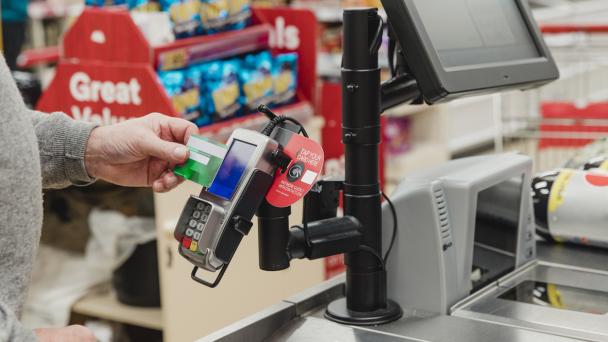Attitudes towards supermarket loyalty pricing


HMRC is committed to using new technology to create a more effective tax system and help customers get their tax right the first time. As part of this, HMRC is undertaking a Digital Prompts Programme which involves presenting nudges to customers as they complete their tax return, highlighting potential mistakes and directing them to relevant guidance. While prompts are regularly used by HMRC, data mastery now allows use of more personalised ‘intelligent’ prompts that draw on a range of data sources.
However, HMRC required a more detailed understanding of whether, and how, personalised prompts can help customers get their tax right the first time. Therefore, HMRC commissioned the National Centre for Social Research (NatCen) to carry out qualitative research into customer perceptions of personalised prompts and their reported behaviour as a result of viewing digital prompts.
Customers interviewed felt that basic prompts, which contained no personalisation, were too generic to be useful. Positive behavioural responses to prompts, such as double-checking figures or completing returns more accurately, was thought to be unlikely. Customers viewed basic prompts as an attempt to catch them out, rather than to help.
However, customers felt that transaction prompts, which drew on third party data to present them with precise amounts they had earned, indicated an assumption of deliberate wrongdoing and were unfairly accusatory. The research also found that these prompts had the potential to lead to a range of negative behaviours, including deliberate underreporting and reputational damage to HMRC.
Overall, customers preferred the use of source prompts. These prompts simply informed customers that HMRC receives data from specific sources that the customer uses, such as online sales platforms, but did not specify precise amounts earned. The research indicates that these prompts do have the potential to lead to positive behaviours, including double-checking amounts and reading additional guidance.
Customers felt that prompts of all types should be framed as a genuine attempt to help rather than an accusation of wrongdoing, should be relevant to their specific circumstances rather than generic, and should be informative by providing access to new or useful information. A broad range of factors were identified that could help to achieve this:
The research involved 45 in-depth interviews with customers who had completed an online ITSA in the last 12 months without the help of a paid intermediary. The interviews involved the use of hypothetical taxpayer scenarios and interview stimuli, to present participants with prompts featuring different levels of personalisation. The research used purposive sampling focused on certain customer groups of interest. These were landlords, those with unearned income (such as from a property sale), micro-businesses and gig economy workers. While the report presents the views of those interviewed, these are expected to reflect the range and diversity of views within the ITSA customer population.
Receive a regular update, sent directly to your inbox, with a summary of our current events, research, blogs and comment.
Subscribe